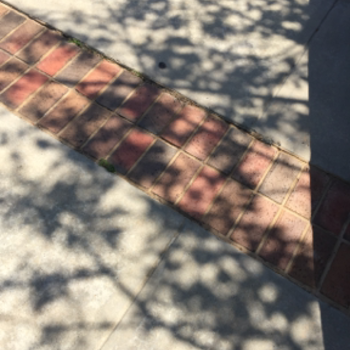Why is work done by gravitational force of sun during motion of a planet from perihelion to aphelion negative?
1 Answer
Because the displacement of the planet from perihelion to aphelion is opposite to the direction of its gravitational pull.
Explanation:
By definition,
Work =
Mathematically
The force exerting on the planet due to the gravity is alway toward to sun. When the planet swings from the closest point, perihelion, to the furthest point, aphelion, the effective displacement is away from the sun, not toward it. When the force and its displacement are in opposite direction, the work done by the force is said to be negative.
Let's see other examples further clarify this point: 1) work done by the friction, 2) work done by the gravity when an object is lifted.
The work done by friction is always negative because the frictional force is always opposite to the direction of motion, hence the displacement, of the object.
The work done by the gravity on an object being lifted from the ground is also negative because the gravity faces down, but the displacement of the object goes up. In doing so, the object also gains potential energy. In other words, potential energy change is at the expenses of work done by the gravity. When potential energy of the object increases, the work done by gravity on the object is negative. When potential energy decreases, the work done by the gravity is positive.
From perihelion to aphelion, the potential energy of the planet has increased, therefore the work done by the gravity is negative.

